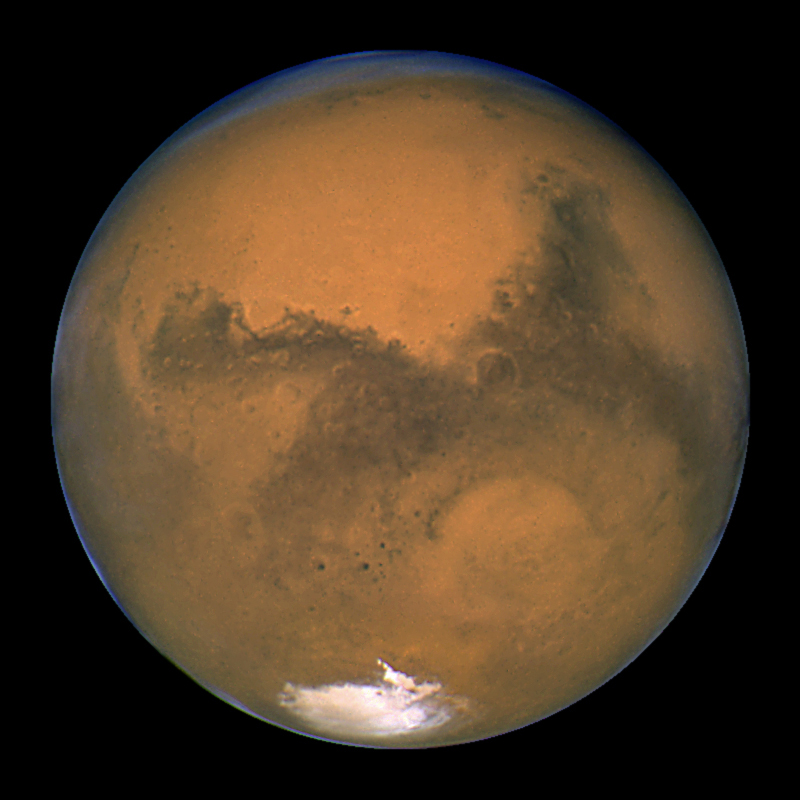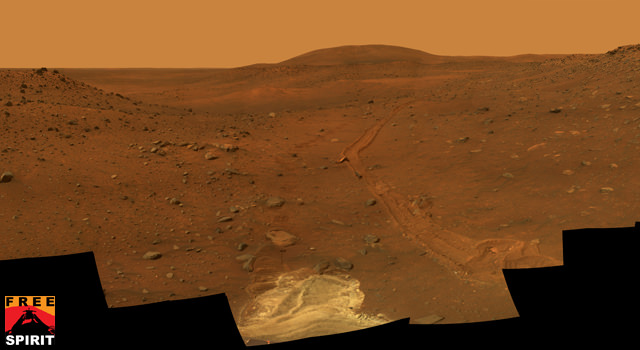Mars is one of the 5 planets visible with the unaided eye. On any dark night, when Mars is in the sky, it’s easy to see with your own eyes. Ancient people knew about Mars, and long ago discovered that it moves from night to night compared to the stars. So it’s impossible to know who discovered Mars. That would have been one of the first humans.
Perhaps a better question to ask is: who realized that Mars is a planet? And that discovery happened with the idea that the Earth is a planet.
In ancient times, astronomers thought that the Earth was the center of the Universe, and the Sun, Moon, planets and stars orbited around us in a set of crystalline spheres. But the motions of the planets were hard to explain; they would sometimes speed up, stop, and even reverse their direction in the sky.
But the astronomer Nicolaus Copernicus developed the view that it was the Sun that was at the center of the Solar System, and the planets orbited around it. This view neatly explained the strange motions of the planets, since the Earth was also moving around the Sun, and these quirks were really just changes in perception.
Galileo was the first person to view Mars in a telescope, and he saw not much more than a bright disk. He did take many observations over the course of the year and realized that Mars gets closer and more distant, and so larger and smaller in his telescope. As telescopes got bigger and better, astronomers were able to make out the polar ice caps on Mars, and some astronomers incorrectly thought they saw a system of canals crisscrossing the surface of the planet.
But the best views of Mars came with the first robotic exploration of Mars. The first spacecraft to arrive at Mars was NASA’s Mariner 4, launched in 1964. The first spacecraft to go into orbit around Mars was Mariner 9, in 1971. These spacecraft helped take high resolution images that revealed craters, mountains and chasms; the red landscape of Mars that we’re so familiar with today.
We’ve written many articles about the discovery of planets for Universe Today. Here’s an article about the discovery of Uranus, and another about the discovery of Neptune.
If you’d like more information on Mars, check out Hubblesite’s News Releases about Mars, and here’s a link to the NASA Mars Exploration home page.
We’ve also recorded several episodes of Astronomy Cast about Mars. Start here, Episode 52: Mars.
References:
NASA Mars Exploration
NASA: The Mariner Missions


